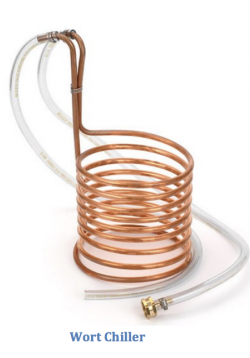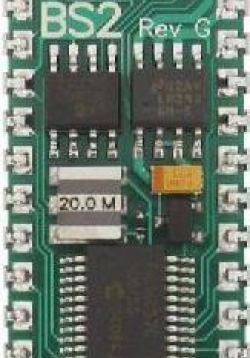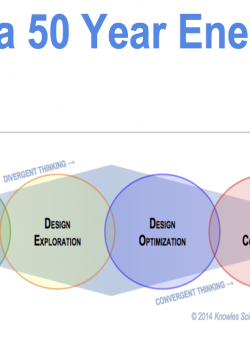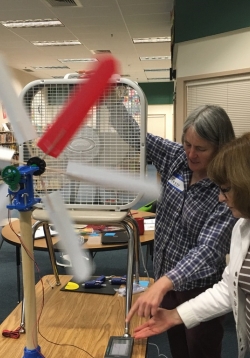Bioreactor Water Circulation System
Solar energy is available when the sun shines but energy can be supplemented at night by the decomposition energy in a bioreactor. In this activity we will experiment with the feasibility of using heated water in a bioreactor to circulate it through a...




